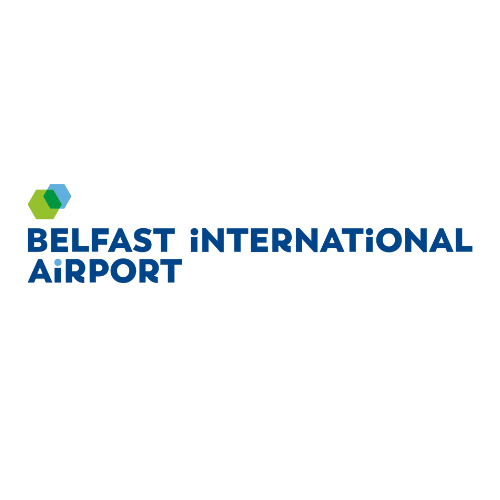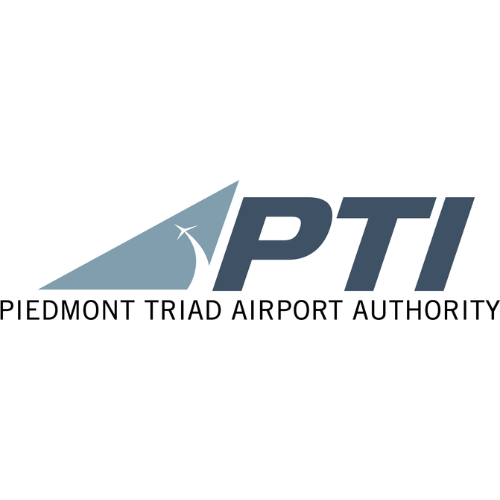Today, airport automation is no longer optional. To survive, recover and ultimately thrive in this post-pandemic era, airports have no choice but to accelerate their digital transformation efforts. But it’s not as simple as investing in a few new pieces of technology and flicking the ‘on’ switch. To benefit from digitalisation, airports must have a robust, future-proofed strategy built on accurate data and the support of forward-thinking partners.
Here we will look at how leading airports are delivering their digital transformation journeys…
Updating airport digital strategies to reflect change
While most airports will have had a pre-existing digital strategy, the changes brought by the COVID-19 pandemic will likely result in the need for a re-think. Updating your airport’s digital strategy should reflect the changing needs and expectations of passengers at the airport but perhaps also changes to your existing workforce and operations.
In a recent panel at the IAR Online Summit, Daver Malik, Deputy Aviation Director at Phoenix Sky Harbor International Airport, explained that as airport traffic returned, digitalisation was no longer an option but a necessity. “We realised we couldn’t leverage the pre-pandemic processes that we had in place to effectively provide that level of service,” he explained.
“The first thing we did was update our digital strategy. That was really key for us because we had somewhat of a strategy, but it didn’t really focus on driving the business forward. So we established some basic tenets of that policy and really elevated the need for delivering services and establishing the level of services for our passengers as one of the key priorities of our digital strategy.”
The team at Phoenix Sky Habor International Airport realised that labour shortages (as a result of the pandemic) were making it very difficult for the airport, its concessions, customer services, and airline partners to provide the same level of pre-pandemic touchpoints and human interaction. With this in mind, the airport needed to update its digital strategy to consolidate those functions and explore digital alternatives.
The digital solution to their problem came in the form of an interactive map, which curated information from various other sources (website, app, customer service) and delivered it to passengers from a single location. The airport then went a step further by adding actionable information. For instance, passengers looking for the security checkpoints at the airport could also view the live wait times to improve their overall experience.
Harnessing data to drive airport optimisation
As Thomas Rehberg, Head of Aviation & Public Safety Segment at Nokia, rightly said at the IAR Summit 2022, “You cannot optimise if you don’t know what’s happening.”
The fact of the matter is that any digital transformation has to be built on a solid foundation of accurate data and insights.
At Carrasco International Airport, a crucial part of their digital strategy focuses on reducing waiting times to improve passenger experience and, in turn, non-aeronautical revenue.
“The first step was to have a very strong, accurate and reliable waiting time measurement tool. In a data-driven airport, for data-driven decision making, it is totally necessary to have reliable data. So for various processes at the airport, we started with measurements of waiting times and queues. Then with our digital strategy, we focused on reducing waiting times in our hot spots, like the pre-security checkpoint, passport control, boarding gates and arrivals,” Federico Cabrera, Airport Operations and Customer Experience Manager, explained at the IAR Online Summit.
“At passport control, when we measured up to 30 minutes waiting time, sales in the stores right after dropped by 30% and up to 50% on some days. With our digital strategy, we can reduce those waiting times up to 10 minutes, and the same stores reached the maximum sales at that point.”
This need for reliable data to back up and inform a digital transformation is shared across all airports. “You need to analyse your data from all your different systems and sources to get data-driven optimisation opportunities. You can then identify your areas of congestion and choke points and start looking at how you can improve on your established baseline,” says Daver Malik (Phoenix Sky Harbor International Airport).
Here at Rezcomm, we champion the power of data-driven decision making. Our powerful Business module encompasses Analytics, Centralised Customer Information Management, Reporting, Forecasting and Business Intelligence to give you a 360-degree view of your airport operations with all the data you need at your fingertips.
Collaboration between airports and partners
In addition to developing digital strategies and focusing on good data, something else to come out of the pandemic for airports is the need for greater collaboration. Getting stakeholder buy-in and funding for digital projects is essential and something we’ve discussed in a recent blog post. However, airports also require collaboration from partners, such as airlines and agencies, to roll out their digital transformation strategies and deliver outstanding results.
At Carrasco International Airport, they follow the 3 A strategy – airports, airlines and agencies, and ensure that the digital transformation journey benefits all parties.
“There’s a need to show there are benefits for all the stakeholders. For example, for the airports, improvement in non-aeronautical revenue, the passenger experience you can get with a digital airport, and many more. With airlines, you can provide shorter check-in times and a faster boarding process, impacting not only the number of staff the airline needs but also reducing turnover times. You know how important it is for airlines to have shorter turnovers in airports. But also there are benefits for the agency in the increase in security levels and border protection from a digital airport.”
Mark Schwarz, Head of Digitalisation and Business Excellence at Zurich Airport, agrees we are better off together, explaining the importance of partnerships between airports and agencies and external tech partners.
“We are better off when we set up partnerships, and we acknowledge that we are not going to know everything. We haven’t got all of the core competencies in an airport, so let’s find the right partnerships and then move forward with them.”
To accelerate airport digital transformation, it often takes a little outside support, and that’s where Rezcomm comes in. Working with airport partners worldwide, we have the data, expertise and digital solutions you need to drive your airport forward. From improving operational efficiencies to enhancing the passenger experience, we can help you embark on a fully-fledged digital transformation journey to ensure you continue to thrive in this constantly evolving industry.
Discover the benefits of partnering with Rezcomm
Follow leading airports like Phoenix Sky Harbor, Carrasco and Zurich and make delivering a digital transformation journey a key focus in 2022 and beyond. Download our Marketplace brochure to learn more about our digital solutions for airports and book a meeting with our team to discuss partnering with Rezcomm.




























